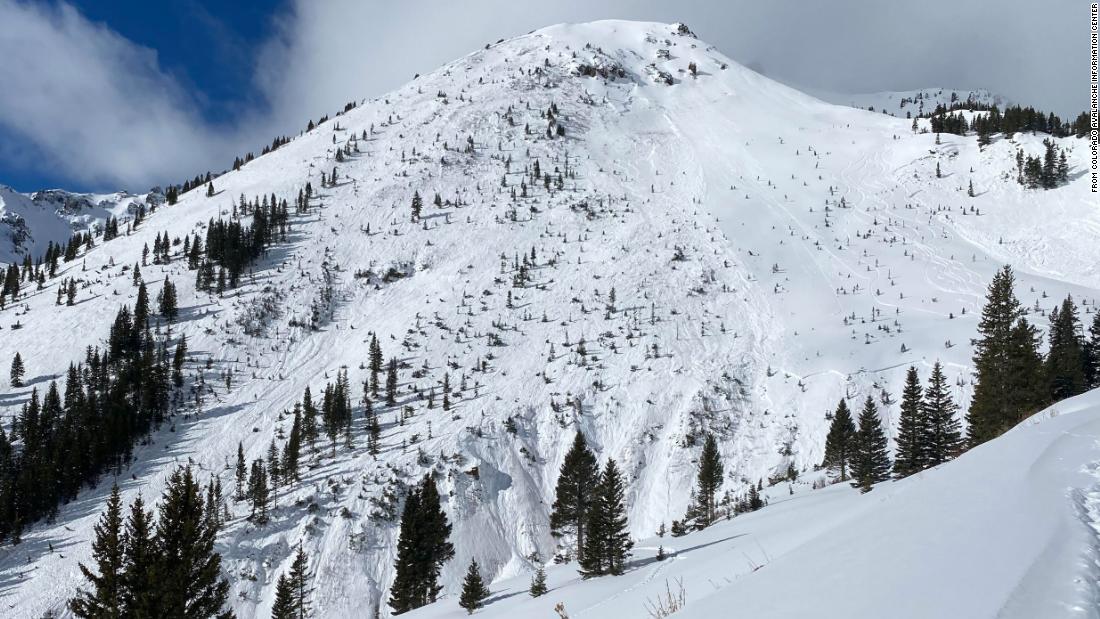
Why it’s been an active year for avalanches
There are two likely reasons why more avalanche deaths have occurred this year: more people are enjoying the outdoors in the wilder parts of the West and a “really dangerous snow pack,” said Nikki Champion, a forecaster at the Utah Avalanche Center.
This year’s avalanche season has likely been more active because of a “persistent weak layer” of snow, she said.
Snowfall was relatively minor in November and December compared to years earlier, and because there were bouts of drought in early winter, those early snowfalls don’t clump together, she said. That weak layer of snow forms the basis of the snow pack in the west, including Utah, Colorado and Montana. All of the new snow is on top of that weak base, Champion said.
That layer has also been more persistent in recent years, she said. Utah and Colorado have less snow than normal, so that weak undercoat lingers for months.
The increase in the number of deaths can also be explained by the increase in the number of people visiting the hinterland of the West for skiing and hiking. With many ski resorts closed during the pandemic, “more people are choosing to enter the backcountry,” Champion said.
How to avoid getting caught in an avalanche
Champion recommends contacting local offices for the avalanche forecast. If you’re going to ski through the backcountry, bring the proper avalanche gear, she says, including a shovel, beacon and probe – and bring a partner.
However, the best advice is to avoid areas where an avalanche could occur, Champion said.
“This isn’t really a problem that you can outsmart,” she said.